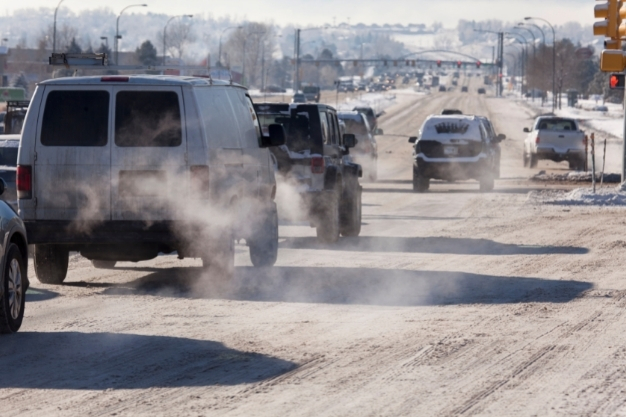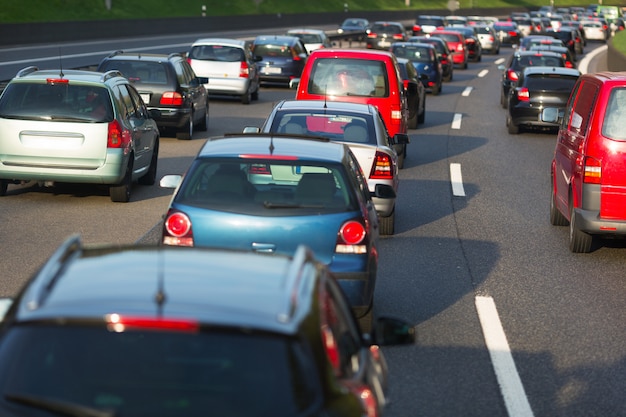The disruption of coronavirus and numerous national lockdowns might have stilled human life. But this outbreak has brought some positives for the environment and climate globally, which seemed impossible to achieve until 2020.
The quality and health of the environment have been degrading with rapid modernization. It was difficult to tame the situations which were damaging the ecosystem while not hindering people’s movement. The emission of carbon dioxide, air, water, and noise pollution due to traveling and tourism, illegal hunting, deforestation, etc., came to a still with the lockdown.

In the last year, whether it’s India, China, America, or any other country, the changes in the environment have not gone unnoticed. The following are some significant changes seen in the environment:
- Improved air and water quality
With less traffic on roads, air, and factories shut down, the emission of carbon dioxide and other harmful gases was less, making the air clean. With drop-in air pollution, Himalayas were visible from the city of Jalandhar in Punjab, which has not happened in decades.
Also, with fewer industrial activities, water consumption decreased up to 30%, and the availability of freshwater increased. The clear water resulted in spotting dolphins in Venice, Italy, for the first time in 60 years.

- Wildlife protection and restoration
The pandemic has helped to resolve the wildlife extinction problem and protecting rainforests, coral reefs, etc. In India, East Odisha saw 475000 sea turtles lying on the beach. The sight of birds flocking and wild deer camping in Peru and London, respectively, was an unforgettable experience.

- Reduced noise pollution
The quarantine period has helped to reduce the global high-frequency seismic noise by 50%. The lower noise pollution due to less traffic and industrial work helps detect natural seismic noises, for example, earthquakes and volcanoes.

But like the two sides of the coin, the pandemic also has some negative impacts on the environment. The increasing amount of domestic and medical waste is one of the primary reasons for increasing plastic pollution.
Disposable masks, personal protective equipment (PPE) kits, agricultural waste, non-recyclable waste, etc., are creating a disorder in the waste management system. Fewer municipal employees and a weakened budget due to investment in healthcare to fight the infection has slower the recycling process creating piles of non-biodegradable waste.

The pandemic has also increased unemployment which on the other side has hiked illegal activities worldwide. Brazil observed deforestation in the Amazon rainforest. There was a loss of 10 billion trees, which were meant to be planted by Pakistan under the 10 billion Tree Tsunami campaign.
It is a difficult time, and rehabilitating earth’s biodiversity right now might be like balancing ourselves on the tip of the iceberg. But with being together, helping each other, and through little effort in incorporating sustainable activities in our lives can help the earth in the long term.















